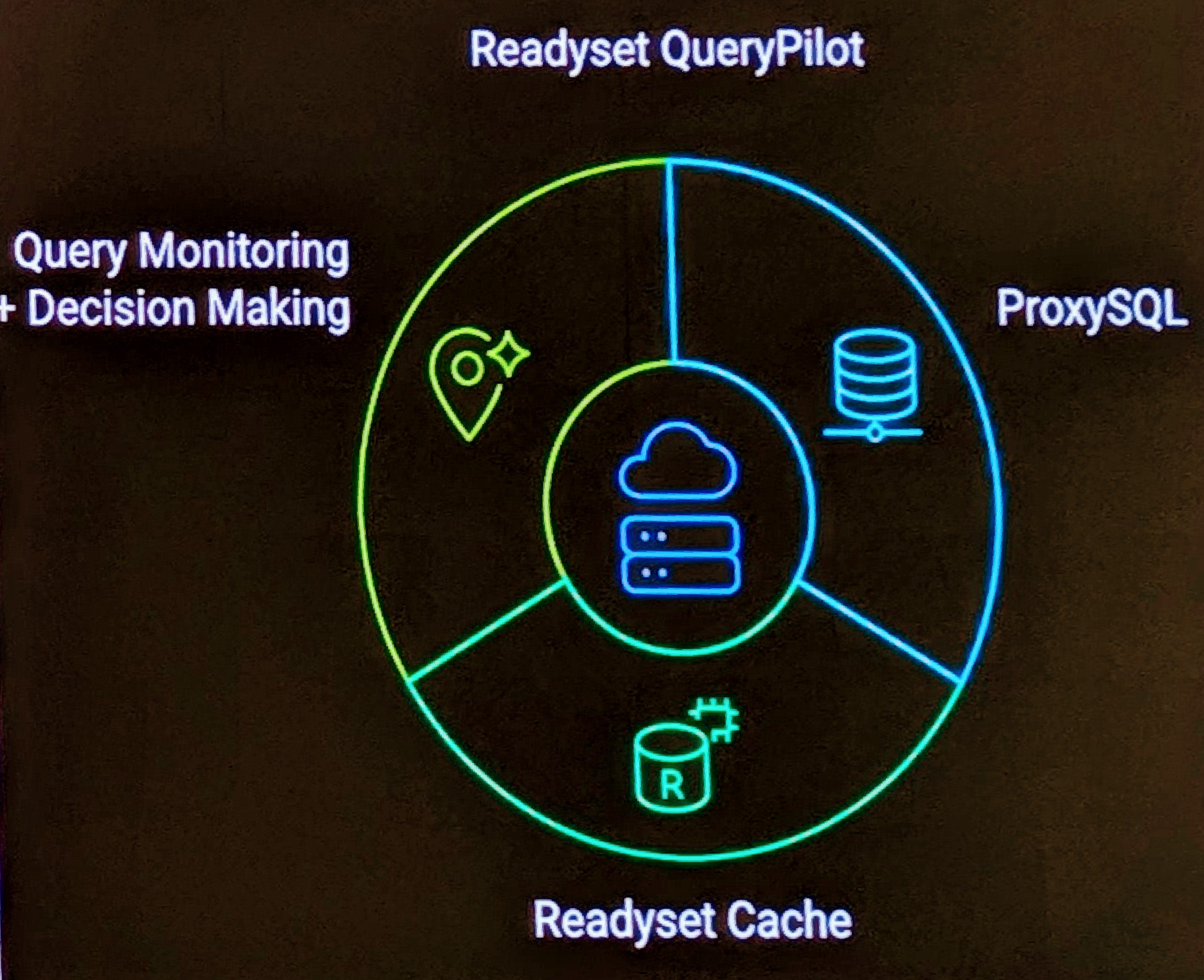I found this cool command called glxgears that you can run under X.
$ glxgears 10524 frames in 5.0 seconds = 2104.650 FPS 10003 frames in 5.0 seconds = 2000.501 FPS 8417 frames in 5.0 seconds = 1683.340 FPS * Moved the window from left to right 10538 frames in 5.0 seconds = 2107.443 FPS 5639 frames in 5.0 seconds = 1120.850 FPS * Moved the window around constantly X connection to :0.0 broken (explicit kill or server shutdown).
$ glxgears --help Warrning: unknown parameter: --help
Note the spelling error in “Warrning”.


